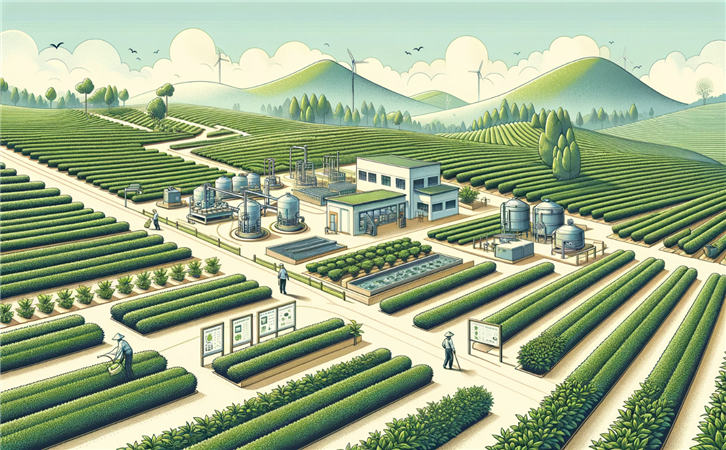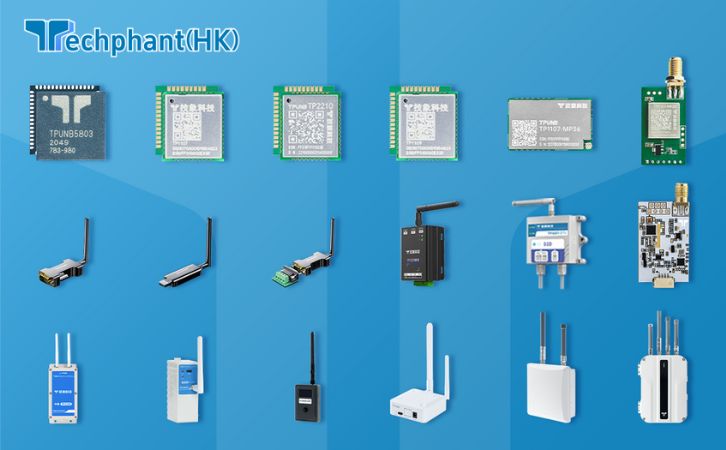A smart agriculture system with IoT (Internet of Things) is an advanced agricultural management framework that integrates IoT devices, data analytics, and automation technologies to optimize farming practices. It aims to enhance productivity, resource efficiency, and sustainability by enabling real-time monitoring, data-driven decision-making, and precise control over agricultural operations. Below is a detailed breakdown of its components, applications, benefits, and challenges:
1. Core Components of IoT-Based Smart Agriculture Systems
a) Sensing Layer
IoT systems deploy sensors and devices to collect real-time data on environmental and crop conditions:
Soil sensors: Measure moisture, pH, nutrient levels, and temperature .
Weather stations: Track temperature, humidity, rainfall, and wind patterns .
Drones and satellites: Capture aerial imagery for crop health assessment and pest detection .
Livestock trackers: Monitor animal health, location, and behavior using RFID tags or wearable sensors .
b) Network Layer
Data transmission technologies connect sensors to central platforms:
Wireless protocols: ZigBee, LoRa, Sigfox, and 6LoWPAN enable low-power, long-range communication .
Cloud platforms: Store and process data for analytics and visualization (e.g., Blynk IoT, AWS) .
c) Application Layer
AI and analytics tools transform raw data into actionable insights:
Precision irrigation: Adjust water usage based on soil moisture and weather forecasts .
Predictive analytics: Forecast crop yields, disease outbreaks, and optimal harvest times using machine learning .
Automation: Control autonomous machinery (e.g., driverless tractors, robotic harvesters) and smart greenhouses .
2. Key Applications
a) Precision Agriculture
Resource optimization: IoT devices guide precise application of water, fertilizers, and pesticides, reducing waste by up to 30% .
Variable-rate technology: Adjust inputs like seeds and nutrients based on soil variability .
b) Smart Irrigation
Automated drip systems activate based on soil moisture thresholds, improving water efficiency by 40–60% .
Solar-powered IoT pumps reduce energy costs in remote areas .
c) Livestock Management
Wearable sensors track vital signs (e.g., heart rate, temperature) to detect illnesses early .
GPS collars monitor grazing patterns and prevent overgrazing .
d) Crop Monitoring and Disease Detection
Hyperspectral drones identify nutrient deficiencies and fungal infections before visible symptoms appear .
AI algorithms analyze leaf images to diagnose diseases with >90% accuracy .
e) Supply Chain Optimization
RFID tags and blockchain ensure traceability from farm to consumer, reducing food fraud and spoilage .
3. Benefits
a) Increased Productivity
Data-driven decisions improve crop yields by 20–30% .
Automation reduces labor dependency, especially in tasks like weeding and harvesting .
b) Sustainability
Reduced chemical runoff and water waste lower environmental impact .
Carbon footprint minimization through optimized machinery routes and energy use .
c) Cost Efficiency
Predictive maintenance of equipment cuts repair costs by 25% .
Precision inputs save 50–50–100 per acre in fertilizer and pesticide expenses .
d) Risk Mitigation
Early warnings for extreme weather or pests help farmers adapt proactively .
4. Challenges and Limitations
a) Technical Barriers
Connectivity gaps: Rural areas often lack reliable internet for real-time data transmission .
Sensor accuracy: Calibration errors or environmental interference may compromise data quality .
b) Economic and Social Factors
High upfront costs: IoT infrastructure (e.g., sensors, drones) requires significant investment, limiting small-scale adoption .
Skill gaps: Farmers need training to interpret data and operate advanced systems .
c) Data Security and Privacy
Vulnerabilities in IoT networks expose sensitive farm data to cyberattacks .
d) Environmental Concerns
E-waste from obsolete devices and energy-intensive cloud computing pose sustainability challenges .
5. Future Trends
- Edge computing: Process data locally on devices to reduce latency and bandwidth needs .
- AI-robot integration: Swarm robots for collaborative planting and harvesting .
- Blockchain: Enhance transparency in organic certification and fair-trade practices .
- Climate resilience: IoT systems will adapt crops to changing weather patterns using predictive models .
Conclusion
A smart agriculture system with IoT represents a paradigm shift in farming, merging physical operations with digital intelligence to address global challenges like food security and climate change. While technical and economic hurdles remain, advancements in AI, 5G, and renewable energy will drive wider adoption, making agriculture more efficient, sustainable, and resilient.


